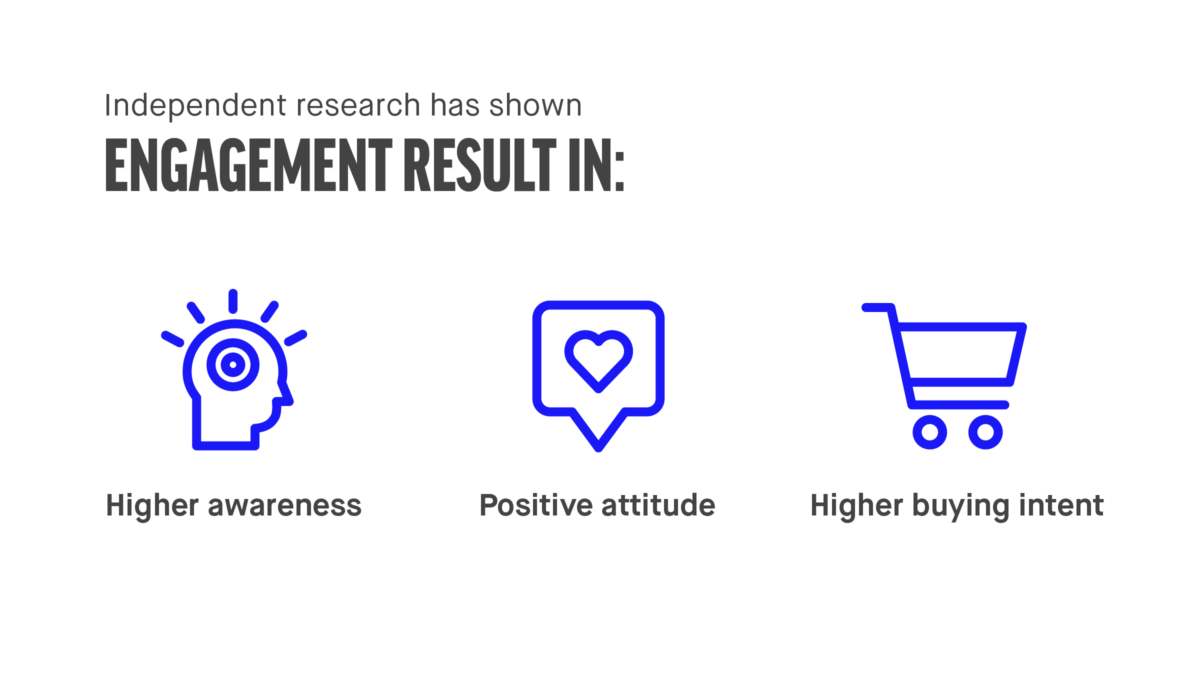Millennials; for many brands, this word has become all-encompassing, as millennials are seen as the generation that is shaping society. However, this is not completely accurate. Because apart from millennials (who are between the age of 22-37), you have another important target audience on the rise that is changing society: Gen Z (currently between 10-22 years old). Combined, these two generations are best typified as Millzy’s. Their mindset and increased social awareness are changing the way companies brand themselves, make products and interact with consumers.
The new normal
We are currently experiencing a digital revolution, one that is embedding technology into humans and society as a whole. Whilst experiencing this shift, aesthetics are becoming increasingly important. As shown by the one billion people who use Instagram every month. More and more it’s about short social copy with an attractive visual to truly captive people online. This makes sense, we are visual beings and process images 60,000 times faster than text. Because of this, products can no longer be solely functional, they also have to be visually appealing to be popular. Think about today’s most popular brands such as JBL or Nike, their products are not only high quality but also sleek in design. People flock to those brands because their attractiveness elicits pleasant emotions in the buyer.
A different message
Aesthetics are not everything though, your brand message and attitude count just as much. In fact, many millennials have indicated that brand purpose is important to them in their decision to associate and/or buy from a brand. This generation is driving change via their shift in mindset and they are putting their money where their hearts are. Gone are the days where you could produce an item, buy a billboard on a highway, and hope publicity and a catchy slogan would be enough to get your name out there. You now have to sell the “why” of your company.
Now, implementing and conveying the purpose of your brand story, however, is easier said than done. And there are numerous examples of brands that don’t get it right, even though they have the best intentions. This is because simply adding meaning in an ad or two isn’t enough anymore. You need to embody your “why” and practice what you preach. Especially in this digital day and age, the last thing you want is to go viral for the wrong reasons. So, live and breathe your company identity. It should be recognisable in all that you do. Keep in mind that it should make sense and align with your values and the products you offer. Not every company can just add ‘purpose’. But if you do, make it visible throughout your entire brand story. After all, brand consistency builds trust with the consumer.
An example of a brand that does this well is Patagonia who makes conserving the environment part of its corporate mission and proves that a business can turn a profit whilst standing for a social cause. Lastly, be transparent about your company and business practices. Don’t hesitate to admit to your mistakes and be willing to learn and make a change when needed. Consumers will, in turn, reward companies who do “good”, who use their power for the better and who are socially responsible by not only buying their products but also by recommending and sharing said product online with others.
Social media strategy
So you have your strong brand purpose and/or mission, but how do you go about spreading this message? Social media is a logical place to start since that is an easy place to connect with consumers. However, Millzy’s, nowadays, see straight through your ads. You’re no longer competing with other brands on social media, you’re competing against cute cat videos and funny memes. Thus, you need to capture people’s attention and for that you need content. But, content does not equal ads, it means genuine posts people want to see on their timelines next to their favourite cat video. Content elicits a response and can make people fall in love with your brand, it’s a powerful tool you can use to convince prospects to become customers.
Now, your social media content must fit your brand and your purpose. To accomplish this, find a mood or sentiment and style that represents you and fits your audience and channel that in every one of your posts across all platforms. Also, create engaging content which will evoke a positive response within the consumer. You can do so by starting conversations, being diverse with your content, finding a balance between using popular keywords but also niche keywords that target a specific audience and creating a story around each post. If you successfully generate interesting content on social media this can lead to higher brand awareness, a positive attitude towards your brand and a higher buying intent. However, remember to carry that same message internationally. Tailoring your business proposition for each market is common but your essence should never change.

Millzy’s and your brand
Ultimately, Millzy’s are not hard to understand, many times we paint them as a different species with whom it is difficult to interact with. That is not the case. They are simply a digital-savvy generation who enjoy both functional but also cool looking products. They are socially responsible and thus are more likely to buy from brands that have a strong purpose and identity. Social media plays a large role in their decision to purchase from a brand as the message you send reflects your brand identity. But since they dislike ads, your content needs to be more tailored. But if you understand and implement these principles, it will be easy for your brand to communicate with the next generation.
More Insights?
View all InsightsQuestions?
Executive Creative Director





